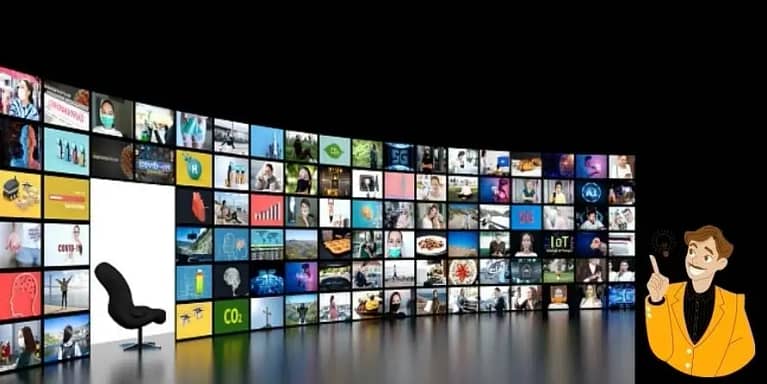How Can Animated Films Be Used in Employee Training?
The use of animated films in corporate education has resulted in a new depth and efficacy in this dynamic field. Modern employee training is like a jigsaw with many moving parts that must all fit together correctly. Animated films provide a solution that strikes a satisfying balance between complexity and simplicity via the use of striking visuals and rich storylines. This article explores the many mechanisms through which animated films might transform the training process and release the potential of a trained workforce.
Creating an Emotional Response with Visual Music
The goal of employee training is to get people interested in learning. When it comes to this goal, animated films are unrivaled in their ability to dazzle with their visual symphony. Like a symphony, animation training material may smoothly transition from simple explanations and more complex examples. By alternating between digestible chunks of data and in-depth stories, the learning process mirrors the attention span of a human being.
Combining Intricacy and Concision in Storytelling
The key to effective training is simplifying complicated ideas for the audience. Cartoons are masters of this balancing act. They weave together small and lengthy sentences and use adverbs and prepositional phrases to point the way for students. Each phrase weaves together into a seamless whole that is the training material. Visual cues and audio cues are strategically placed to ensure that students retain information without becoming overwhelmed.
A Visual Route to Long-Term Memory
Training participants often have difficulty remembering what they’ve learned. Because people have different ways of learning, animated films may help. Just as a movie stays with you long after the credits roll, so does animation training material. The ebb and flow of sentence lengths, together with the combination of visuals and text, make for an engaging educational setting. Concepts are seared into memory while the mind wanders over the animated terrain and may later be retrieved when needed in the real world.
Connectivity and empathy development
The effectiveness of animated films stems from their ability to evoke feelings in addition to facts. Similar to how movies can make you feel for the main character, animation training situations may do the same for your staff. Similar to the ebb and flow of human relationships, these moments of intense feeling are both fleeting and lifelong. Skillful animation and well-constructed conversation put students in the roles of a wide range of characters, allowing them to empathize with and gain insight from their experiences.
Transitioning from Passive Consumption to Active Involvement
Unlike other forms of educational media, animated training videos actively engage the viewer. As with real-world conversation, the varying lengths of sentences in training materials encourage trainees to actively engage in the learning process. Learners are not only observers, but active participants since the training is peppered with quizzes, simulations, and decision-making situations. The unpredictable nature of dialogue, with its pauses and spurts, is reflected in this interactive method.
Building an Environment Where People Never Stop Learning
Initial education is just the beginning of a lifetime of learning in the professional world. The job is a microcosm of life, with its own unique set of experiences and difficulties. The malleability and flexibility of animated training videos make them ideal for continuous education. Workers are led through changing situations using a combination of sentence lengths and adverbs. Similar to how language changes through time, too can animation training material be adapted to meet new requirements.
New, Remarkable, and Priceless
Animated videos represent a climax of creativity in the symphony of today’s corporate training. Their versatility in terms of sentence length and grammatical subtlety is a reflection of human communication’s inherent fluidity. The possibility of teaching employees grows as text and images become more intertwined. Animated training videos guide learners on a journey that resonates, engages, and empowers them by reducing complex topics and establishing emotional connections. The key to unlocking employee greatness in today’s dynamic corporate environment is to embrace the animated dimension of learning.
There’s a lot of room for improvement when it comes to the quality of training programs if animated videos are used. Animated films have the potential to capture employee’s attention and explain difficult subjects via the use of graphics, narrative, and realistic events. They make it possible for businesses to develop engaging training materials that stick with staff members and lead to improved knowledge retention and application.
Workers may hone their problem-solving, decision-making, and interpersonal skills in a low-stakes setting by watching animated films that mimic real-world scenarios. The adaptability of animation also allows for the adaptation of material to different cultural contexts and learning modalities, which results in more effective and inclusive training.
Read more: Using videos for Teaching and Learning







